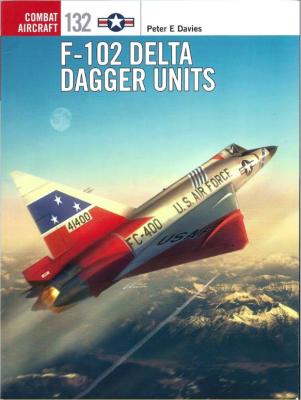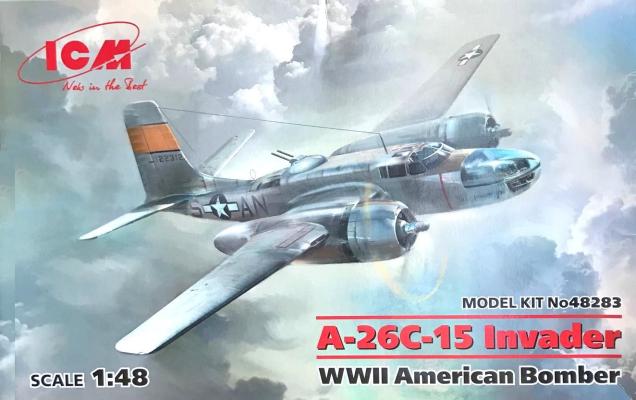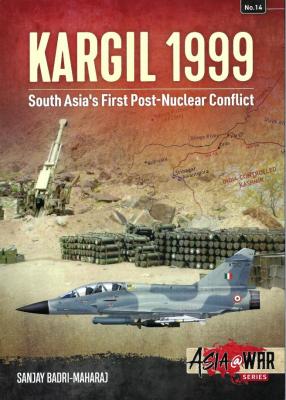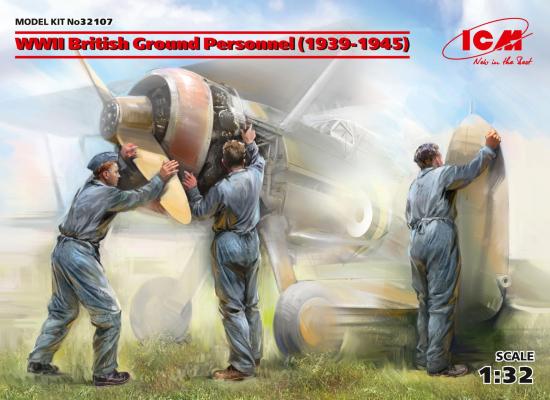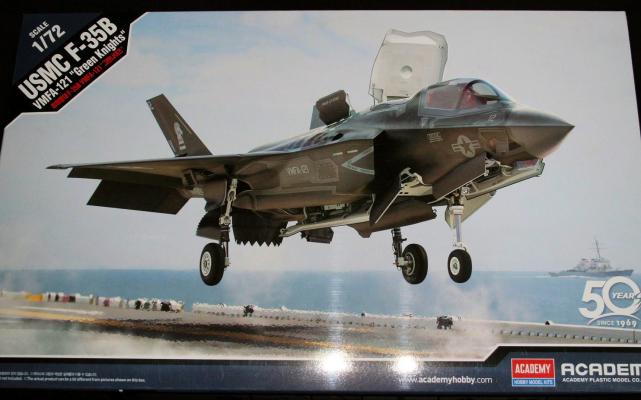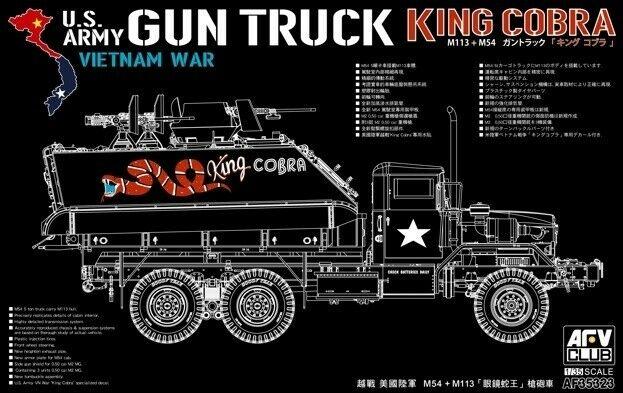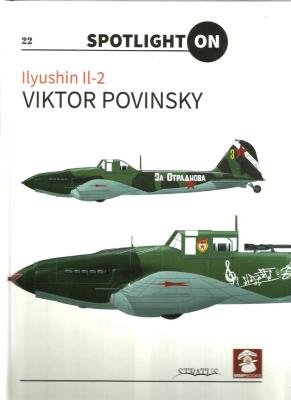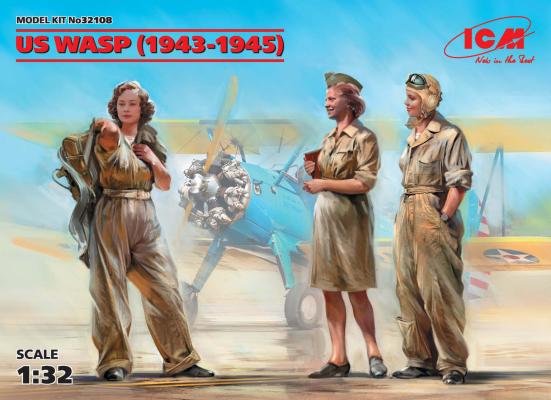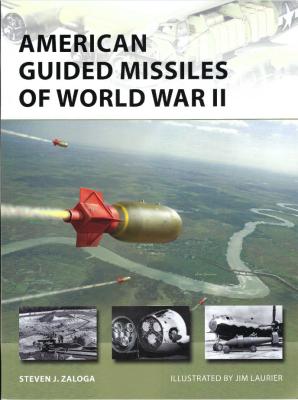Peter E. Davies has published 37 aviation books, over 20 of them for Osprey. He has also contributed to magazines such as Aeroplane Monthly, Aviation News and Aircraft Illustrated. He concentrates mainly upon combat aircraft of the Cold War and Vietnam War. Jim Laurier is a native of New England and lives in New Hampshire. He attended Paier School of Art in Hamden, Connecticut, from 1974-78, and since graduating with Honours, he has been working professionally in the field of Fine Art and Illustration. He has been commissioned to paint for the US Air Force and has aviation paintings on permanent display at the Pentagon. He lives in the US.
What's New
In 2019 ICM introduced their newly tooled A-26/B-26 collection. The B-26B-50 kit and the A-26B-15 kit have now been joined by the A-26C-15 released in 2020. The A26B-15 Invader, kit # 48282, and the B-26B-50 Invader, kit # 48281, are available, but my “A-26/B-26” experience is limited only to the A-26C-15, and at every turn, this kit was extremely impressive.
Packaging
The box is a very sturdy cardboard box. The box “lid” flips up when a tab is freed from a holding slot. The parts within are safe and secure in a large baggie. The clear parts are contained in a separate baggie which prevents any contact with other parts runners, keeping the “glass” in pristine condition, and there is a lot of glass because the A-26C-15 is the “glass-nose” variant. The box art is an exceptional example of aviation art and particularly useful during the construction phases of the project as well.
Sanjay Badri-Maharaj, from Trinidad, received his MA and PhD from the Department of War Studies, Kings College London. His thesis was on India’s Nuclear Weapons Program. He has written and published extensively, including two books – The Armageddon Factor: Nuclear Weapons in the India-Pakistan Context (2000) and Indian Nuclear Strategy: Confronting the Potential Nuclear Threat from both Pakistan and China (2018). He has served as a consultant to the Ministry of National Security in Trinidad and was a visiting International Fellow at the Institute for Defense Studies and Analyses, New Delhi. This is his first instalment for Helion.
It wasn’t so long ago that 1/32nd aircraft modelers were pretty hard pressed to find pilot or ground crew figures for dioramas they wished to make. ICM has rather single-handedly addressed this issue, and has been busy churning out wonderful sets to complement your 1/32nd scale aircraft collection. One of the latest of these is their WWII British Ground Personnel set.
This simple set consists of three ground crew figures, who seem to be specifically tailored to their excellent Gloster Gladiator aircraft kits. One is ostensibly removing the tail locks and testing the rudder, another is working on the engine and a third is preparing to prep the propeller. All three are useful additions to a good diorama, although obviously not all at once.
Aircraft and History
The F-35B is a single engine, single crew multi role fighter/attack aircraft that has stealth capabilities, supersonic speeds and the ability to land vertically. The F-35B is the first operational aircraft that is Short takeoff & vertical landing (STOVL capabilities. In 1993, a request to develop a new fighter/strike aircraft for the USAF, Navy, Marines and multi national air forces under the term of Joint Strike Fighter (JSF). The JSF competition battle was between the Boeing X-32 and Martin X-35. In 2001, Lockheed Martin was the winner with the X-35 which will become the F-35 Lightning II. The F-35B became operational with the USMC 31 July 2015.
AFV Club has released their third version of a ‘Gun Truck’ employed by hard-pressed convoy security forces in Viet Nam. This time around we meet the ‘King Cobra’, sporting three 50cal M2 ‘Ma Deuce’ machine guns mounted on a fully equipped M113 APC hull, sans wheels and track, thrown right up into the bed of a M35 5-Ton truck, all black and bad. I took one look at the box top and I knew I had to build it.
The Viet Nam gun trucks have a fascinating history; borne of necessity, built with Southern ingenuity, and purpose-made to rain hell on its adversaries if attacked. While they were never officially sanctioned by the U.S. Army, an estimated 300 to 400 trucks were transformed in this way. Only a single gun truck, the ‘Eve of Destruction’, survives today, permanently on display at the Army Transportation Museum in Fort Eustis, VA.
This 50-page reference document presents a nice pictorial history of the P-38H in the Pacific theater of WWII. While all but two of the photographs are black & white, this shouldn’t be a problem for modelers trying to duplicate the color scheme since all those shown were olive drab over gray.
This e-document allows a reader to navigate from a thumbnail list at the front or scroll through full-size photographs. The photos reveal the irregularities of the camo painting, the painted-on number designations, and general weather-beaten condition of the Lightnings in the Pacific. While the author admits the variable quality of the photos due to wartime limitations, there are some sharp, up-close ground and mid-air shots of the plane from various angles.
The Ilyushin Il-2, commonly known as the “Sturmovik,” was a ground attack aircraft used by the Soviet Union during the Great Patriotic War (World War 2) in great numbers. In fact, it was the most produced aircraft of all back then, with almost 37,000 being made during the course of the war. Simple, sturdy and heavily armored, it played a crucial role on the Eastern Front fighting against the Axis, destroying innumerable vehicles and tanks and greatly blunting the force of Hitler’s attacks on the homeland.
This new volume by MMP Books in their “Spotlight On” series is a wonderful reference for modelers. It begins with a quick overview of the camouflage specifications for aircraft of the Soviet Union, and then follows with page after page of profiles. In fact, the book is almost entirely dedicated to color profiles and plan views.
The Women’s Airforce Service Pilots organization was a unit during World War 2 in which women became trained pilots in order to test or ferry aircraft to war zones, the whole intent being to free more male pilots for combat roles. Formed from the Women’s Flying Training Detachment and the Women’s Auxiliary Ferrying Squadron, the WASPs merged these two into a single unit in 1942 and carried out their various duties until 1944. Despite their service, WASPs were accorded no military standing and did not receive any of the benefits accorded male members of the Army Air Corps. Thirty-eight members of the unit died while transporting military aircraft or cargo, towing targets for live anti-aircraft training, or performing any of a number of other high-risk training missions in the service of their country. In 1977, thirty-three years afterwards, the survivors were finally granted veteran status.
Steven J. Zaloga was born in Pittsfield, Massachusetts to John and Muriel Zaloga on February 1, 1952. Steven earned his undergraduate degree Cum Laude in History at Union College and his Masters’ degree in History at Columbia University. He obtained a Certificate in International Affairs from the graduate program of the University of Cracow. He has worked in the aerospace industry for some twenty years as an analyst specializing in missiles, precision guided munitions and unarmed aerial vehicles. Steven has served with a federal think tank, Defense Analyses. He was the writer director for The Discovery Channel's "Firepower" series from 1987 to 1992. He has authored many books on military technology, especially in armored warfare. Steven is a noted scale armor modeler and is a member of AMPS (Armor Modeling and Preservation Society).

